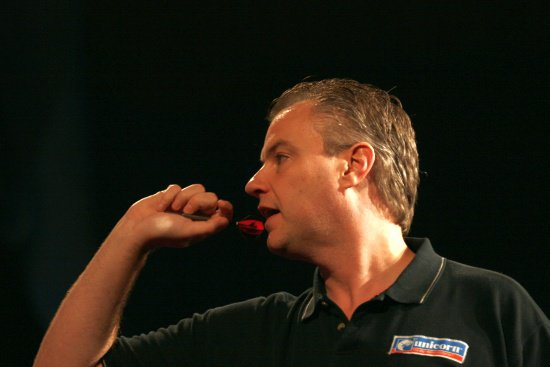Enjoy the Challenge

The most common complaint I hear regarding practice is that it is boring. More specifically, that people have a hard time maintaining interest over any length of time. A disinterested effort is probably of little or no value. Part of the job of practice is to maintain your interest level.
A practice routine, as I outlined in installment three, is just that. It is a routine. While there are tremendous benefits from having and maintaining a routine, there is always the danger of complacency.
The solution is to have a reserve of practice games available. In most cases these are games that you would only play in practice, but some of them are enjoyable with friends at your local. In any case, your goal should be to create a challenge that you enjoy trying to meet.
The clock is a tool that you can use to create challenges for yourself. By no means should you rush or hurry your throw when using timing as a tool. The idea is to set a standard and then try and improve on it, based on performance, not speed. For example, you might see how long it takes you to hit fifty double sixteens. All this exercise requires is to count how many you hit as you go and time the session. It is much easier to time the effort rather than actually count how many darts you have to throw to get fifty doubles.
You can also do it the other way around. Give yourself fifteen minutes to hit as many double sixteens as you can. Whatever target you select, and however you time it, always throw at your normal relaxed pace.
Using the clock creates a form of pressure that simulates the stress of playing in a competitive situation. A sense of urgency is created and you learn to play with that sense of urgency hanging over you.
There are a number of games that I have come across that are similar in nature. The similarity is that you have a series of targets to hit from turn to turn, and you accumulate points.
The catch is that if on any given turn you miss the designated shot or target, your score is halved or some similar penalty. The most common version of this game is called halve-it. This game is a quite popular group game in pubs, with each player maintaining their own score. Depending on where you play there are variations and innovations, but it is an excellent practice game no matter how you structure it.
A typical example is as follows: first three darts at twenty and count the score of all darts in the twenty, next turn at nineteen, then at any treble, then eighteen, then seventeen, then any double, then sixteen, then fifteen, and finally twenty-five and bull.
This game can be modified by making the targets more specific; for instance, double twenty rather than any twenty. Whatever targets you choose, keep the same set up for practice purposes.
In this way you can keep track of your scores and your personal best. When you are looking for an extra bit of practice, taking a shot at your personal best is often a great way to end your session.
Another good game for practice is called 27. 27 is the number of points you begin with. Your first three darts are for double one, and so on until twenty and then bull. For each hit you get the value of the double hit (three double fours would score 24). If you miss three darts at a double you lose the value of that double. If your score reaches zero you lose. A good score is 400, and a very good score is 600. Once again, keep a record of your scores and your personal best.
Don't be afraid to create your own games. As long as you have some way of measuring your performance, you will be able to push yourself to improve.
Most important of all is to remember to have fun doing it.
John Part